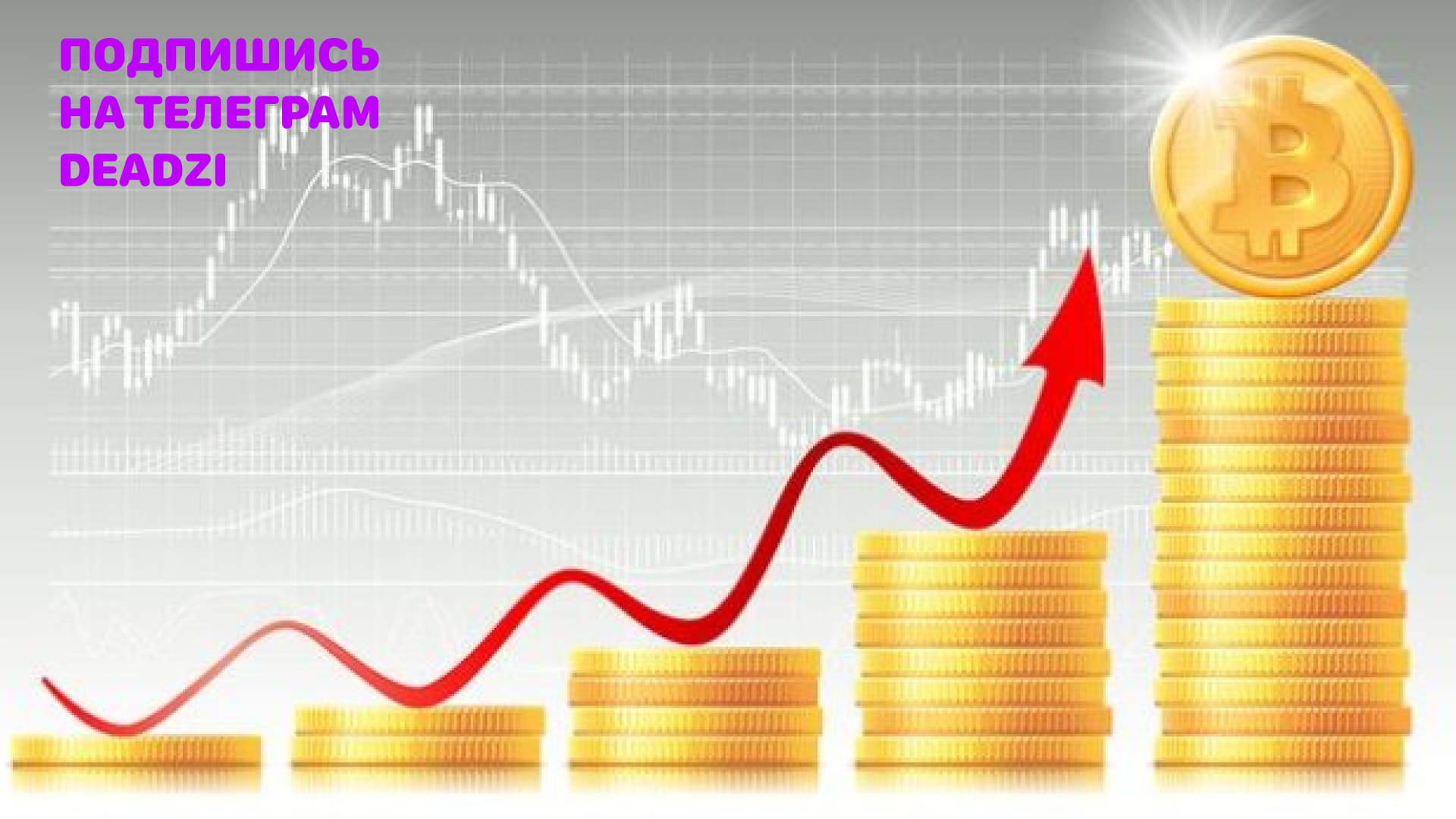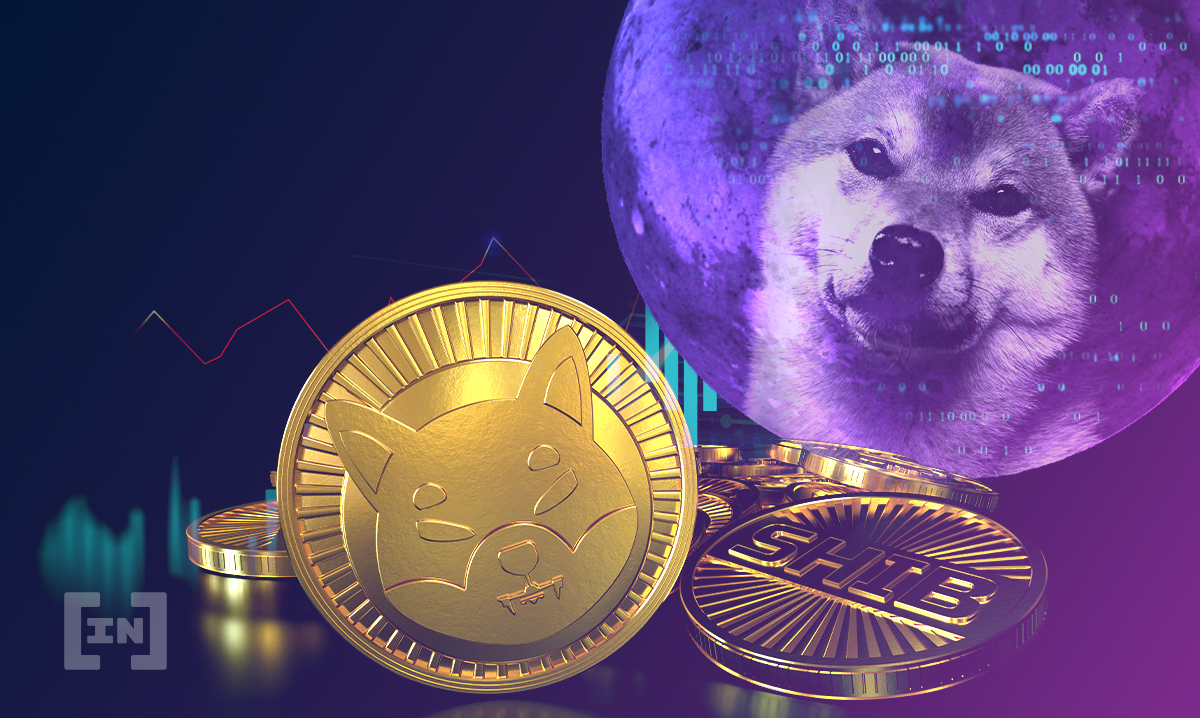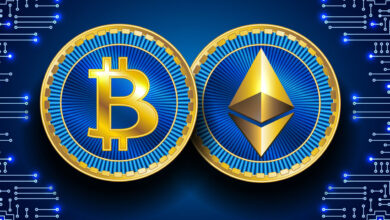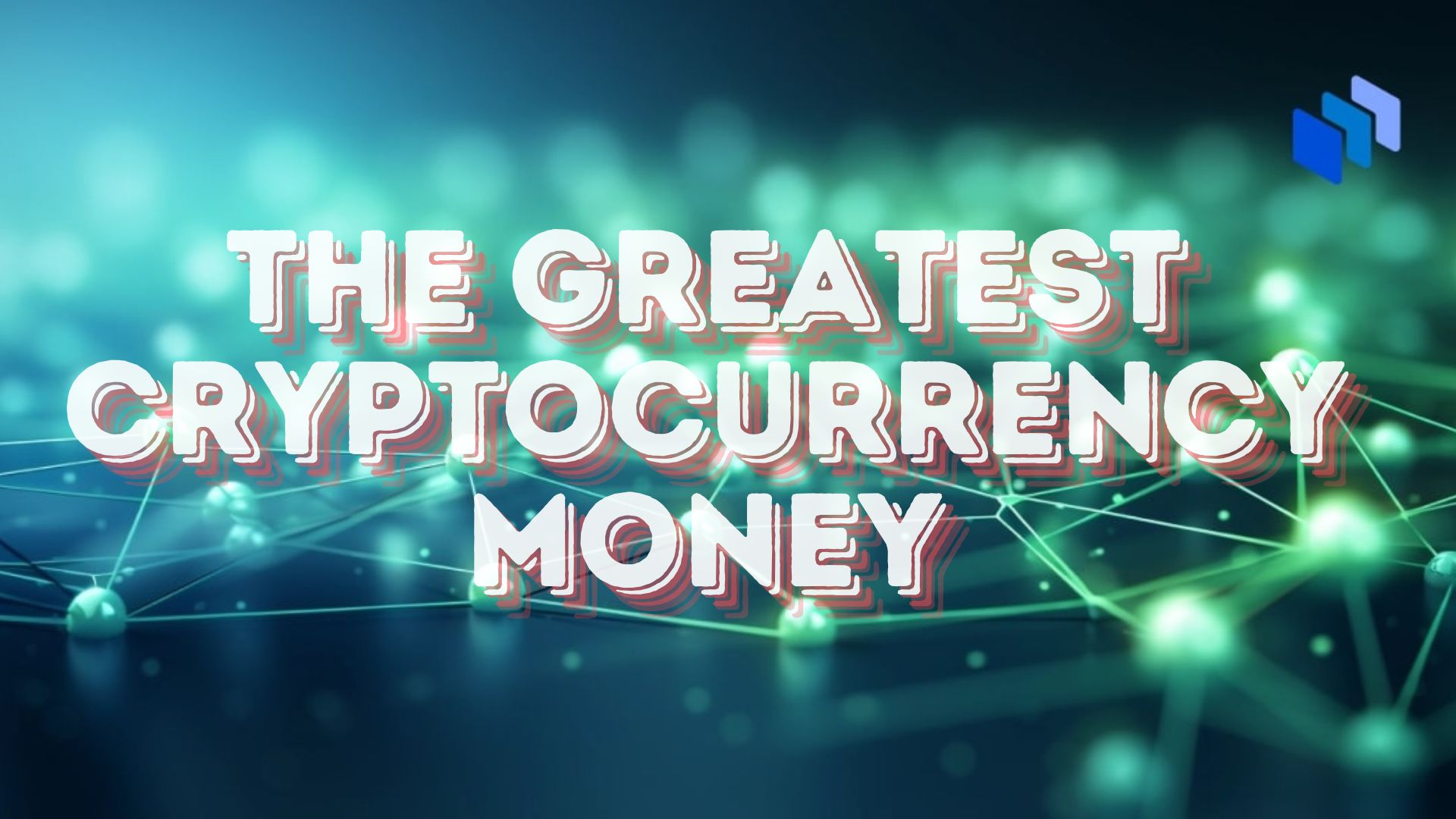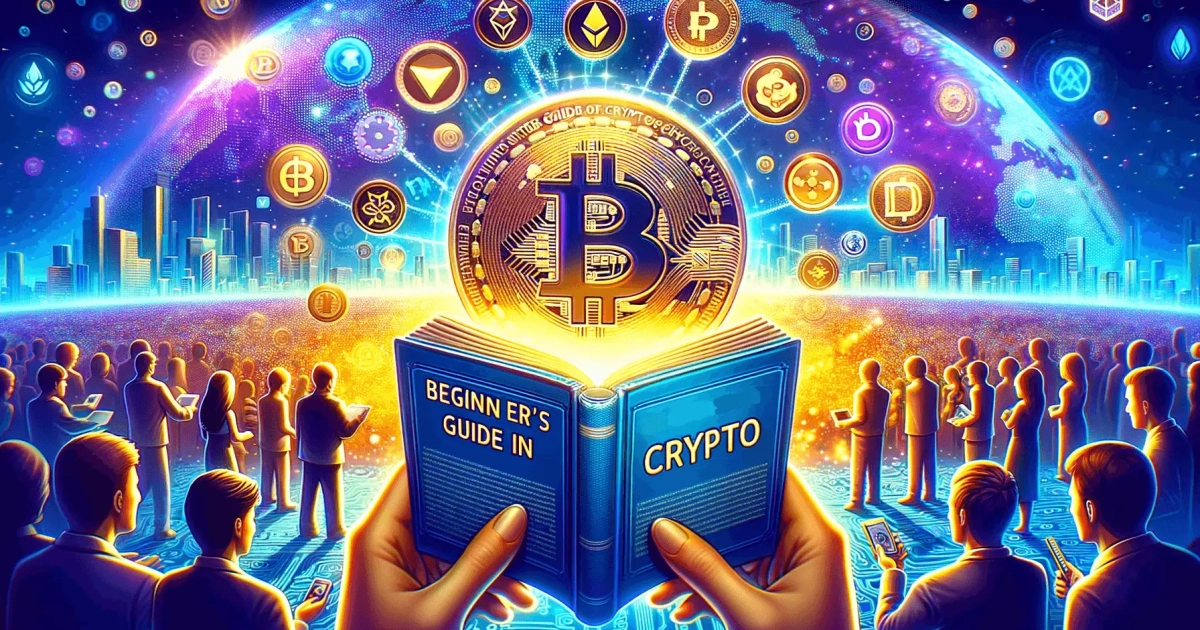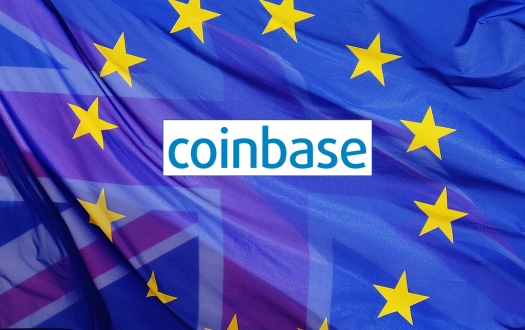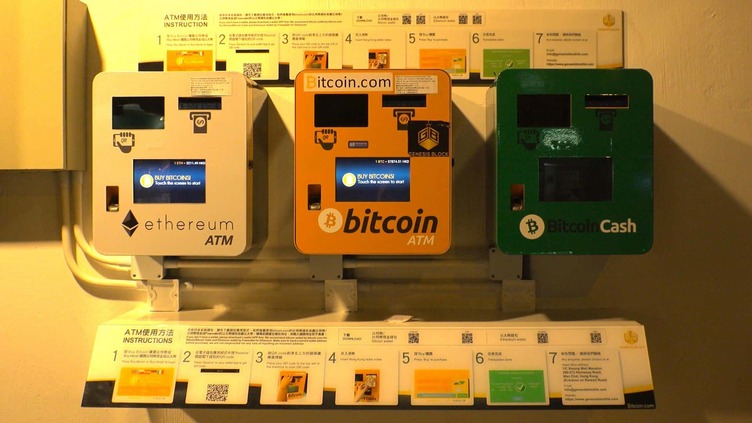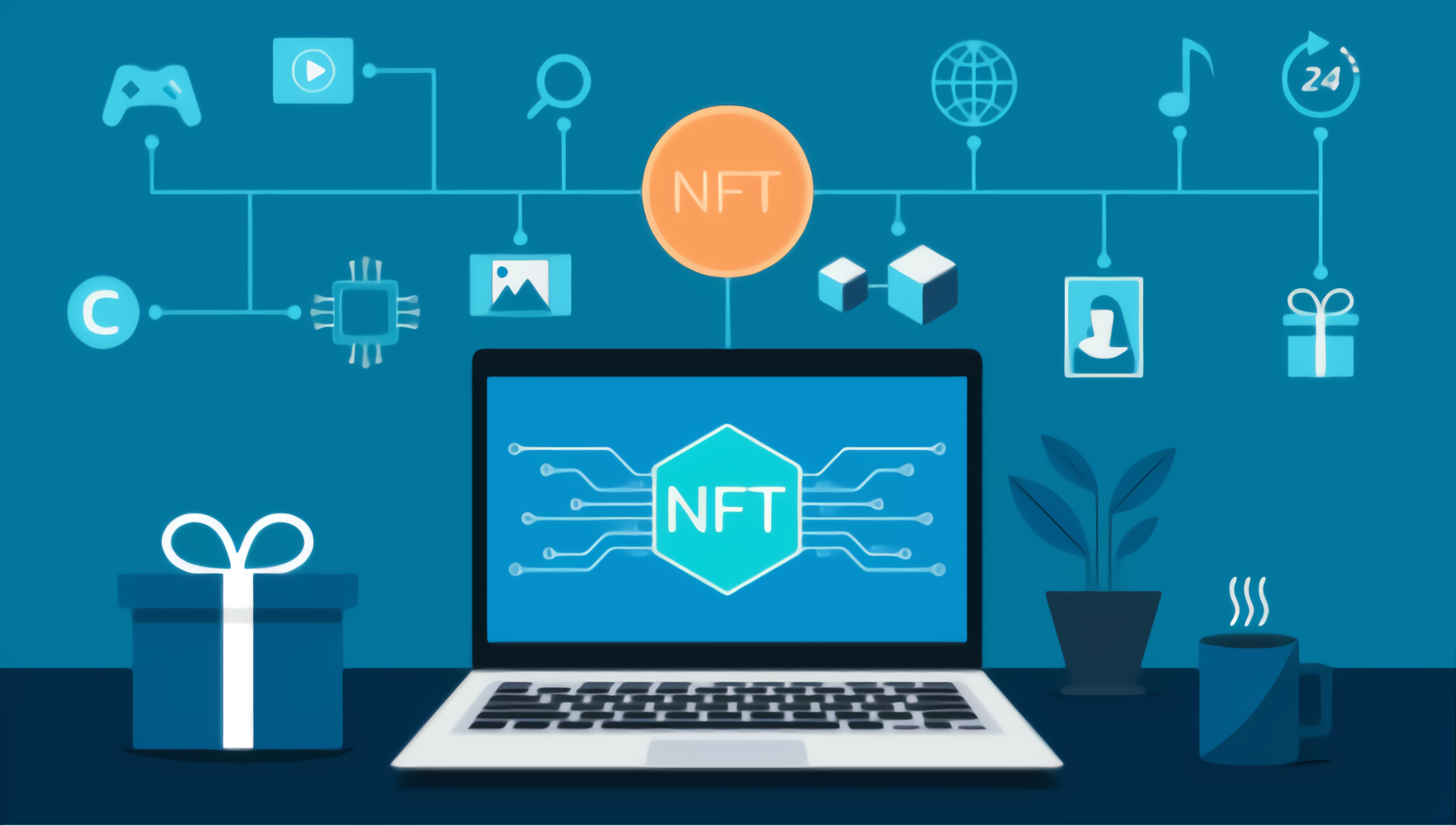
Sales have significantly increased in the NFT Market
NFT Market: The NFT (Non-Fungible Token) market has been experiencing a remarkable surge in sales, marking a significant milestone in the evolution of digital assets. This growth highlights the increasing adoption and mainstream acceptance of NFTs across various industries, from art and entertainment to gaming and real estate Expansion Benefit Coinbase Users in Europe.
The Numbers Behind the Growth
Recent reports indicate that NFT sales have grown exponentially, with total transaction volumes reaching new heights. This surge can be attributed to a combination of factors, including:
- Increased Awareness: Public understanding of NFTs and their potential applications has grown significantly, thanks to widespread media coverage and educational initiatives.
- Celebrity Endorsements: High-profile figures and brands have embraced NFTs, creating a ripple effect that has attracted new investors and enthusiasts.
- Innovative Use Cases: Beyond digital art, NFTs are now being used for music, virtual real estate, fashion, and even event tickets, broadening their appeal.
- Improved Technology: Advances in blockchain technology have made NFT platforms more accessible and user-friendly, encouraging participation from a wider audience.
Key Market Trends
Several trends have emerged as driving forces behind the NFT market’s growth:
- Art and Collectibles Dominate: Digital art and collectibles remain the most popular categories, accounting for a significant portion of sales. Artists and creators are leveraging NFTs to monetize their work directly, bypassing traditional intermediaries.
- Gaming Integration: The gaming industry has embraced NFTs to offer unique in-game assets and experiences. Play-to-earn models, where players can earn real-world value through gameplay, have gained traction.
- Brand Partnerships: Major brands are exploring NFT collaborations to engage with younger, tech-savvy audiences. These partnerships often include limited-edition drops and exclusive content.
- Sustainability Initiatives: The NFT community is increasingly addressing environmental concerns by adopting eco-friendly blockchain solutions, such as proof-of-stake mechanisms.
Challenges and Opportunities
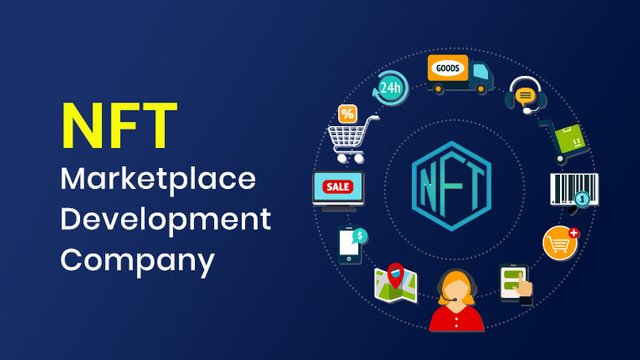
While the growth of the NFT market is impressive, it is not without challenges. Issues such as market volatility, regulatory uncertainty, and intellectual property disputes remain hurdles to overcome. However, these challenges also present opportunities for innovation and the development of more robust frameworks.
Conclusion
As the NFT market continues to mature, its potential applications are expected to expand further. Emerging trends such as fractional ownership, NFT-based identity verification, and integration with augmented reality could redefine how we interact with digital assets. For investors, creators, and enthusiasts, the current surge in NFT sales represents an exciting time to explore this dynamic and rapidly evolving space. With continued innovation and adoption, the NFT market is poised to become a cornerstone of the digital economy.
[sp_easyaccordion id=”5651″]
